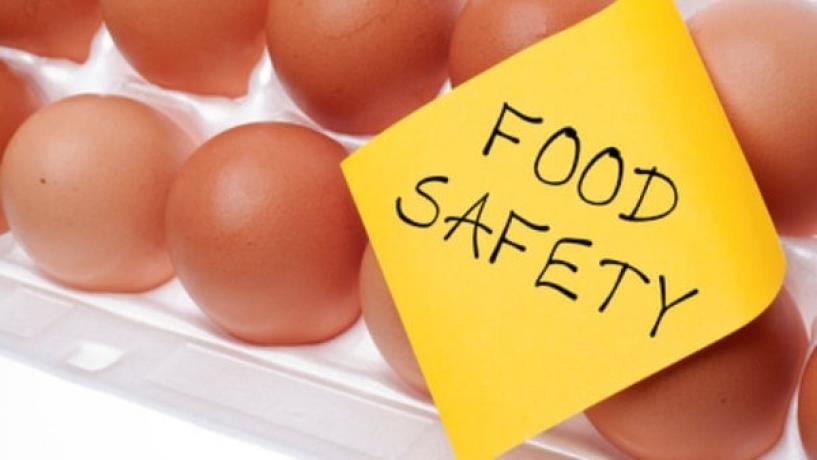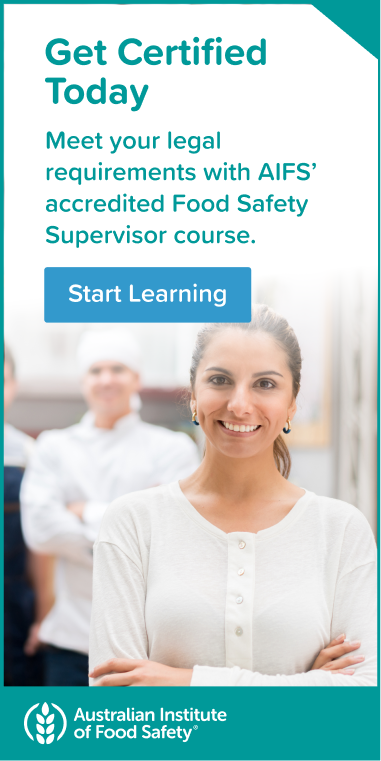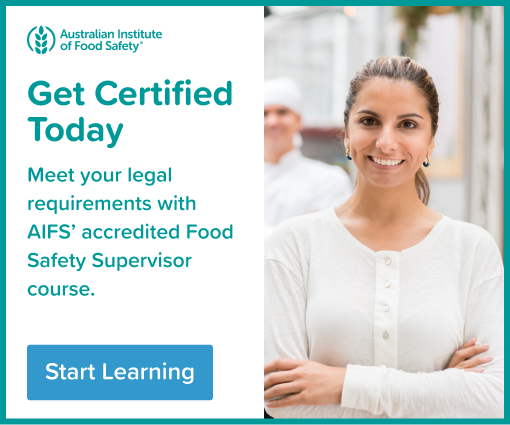
HACCP is a food safety and risk assessment plan that was originally developed in the 1960’s by NASA and a group of food safety specialists.
HACCP stands for Hazard Analysis and Critical Control Points and outlines seven key principles in food safety:
- Hazard Analysis
- Critical Control Points
- Critical Limits
- Critical Control Monitoring
- Corrective Action
- Procedures
- Record Keeping
Building a Food Safety Program
HACCP can be applied to all processes throughout each and every stage of the food supply chain. This includes production, preparation, packaging and distribution.
As a food safety initiative, HACCP is a preventative system. It focuses on potential physical, chemical and biological hazards that could occur during the food manufacturing process and make the end product unsafe. A fundamental aim of the HACCP principles is to discover any potential hazards so that control measures can be designed. If necessary, these control measures would be put in place and reduce the risk of the hazards occurring.
The seven HACCP principles are included in the international standard ISO 22000 FSMS 2005 and are implemented in many Food Safety Programs all around the world.
The HACCP principles are important for businesses involved in all areas of the food industry because they help to maintain the best food safety practices. As each food business is different, each will have different food safety processes and procedures. The HACCP principles are designed to be used as a template, which you apply to your business in order to determine which processes and procedures you require.
Hazard Analysis
Hazard analysis is the initial process of identifying potential hazards that could occur at any stage of the food supply chain. Once the hazards have been identified, controls to prevent, eliminate or manage them must then be designed and applied.
A food safety hazard which needs to be identified and controlled is anything that causes food to become harmful or unsafe for human consumption. They are categorised as physical, biological or chemical hazards.
Critical Control Points
A critical control point (CCP) is a step, point or procedure that is applied during the food manufacturing process to control the risk of potential hazards occurring.
A CCP can also monitor an individual parameter. For example, ensuring that all potential allergens are labelled on a food or that the garbage bins are cleaned and sanitised weekly.
The result of applying a CCP should be to prevent, eliminate or minimise the risk of a hazard to a safe and acceptable level.
Need help identifying the critical control points (CCPs) in your food business? Use this HACCP Decision Tree to help you determine which steps in your process are critical for food safety.
Critical Limits
Critical limits are the minimum and maximum limits of each separate CCP. These limits are set so that each hazard is managed safely in order to eliminate, prevent or manage food safety risks.
A critical limit marks the acceptability or unacceptability level of a CCP. For example, if it was critical to keep high-risk food out of the danger zone (between 5°C and 60°C), it would be acceptable to refrigerate meat at a temperature of 4 °C but unacceptable to refrigerate it at 8 °C.
Critical Control Monitoring
The monitoring of each CCP is essential to make sure that hazards don’t go beyond the critical limits set. The ways that CCPs are monitored will vary, however, some examples might be:
- Using a probe thermometer daily to check the temperature of a fridge or freezer.
- Scheduling regular pest inspections to maintain bait traps.
- Having staff record certain cleaning procedures in the Food Safety Program.
In many cases, food safety legislation states that all potential hazards must be continually monitored to ensure they do not exceed their critical limits.
Corrective Action
Corrective action must be taken if a hazard exceeds its critical limits. Rules must be established that outline the corrective steps that must be taken if a hazard does exceed its limits.
These actions are put in place to ensure that no harm comes as a result of the hazard exceeding its critical limit.
An example of this is the ‘2 - 4 Hour Rule’. According to the rule, any food which remains in the danger zone for more than 4 hours must be discarded. In this instance, discarding the food is considered corrective action.
Procedures
Procedures are to be put in place to ensure that all businesses throughout the entire food supply-chain are successfully producing a product that’s safe for humans to eat. The HACCP principles were designed so that they could be applied to each individual business throughout the food manufacturing process. It’s the responsibility of the business to ensure that they have adapted and applied the HACCP principles to each necessary aspect of their business.
Record Keeping
The HACCP principles state that comprehensive, up-to-date records must be kept. Depending on your business, often these records are kept together in a live-document called the Food Safety Plan. Some examples of records that your business might need to keep could be:
- temperature charts and logs
- storage logs
- cleaning schedules
- employee qualifications
- pest control logs
Depending on a business’s relevant legislation, a business might be required to present these records to their governing food authority for inspection.
Getting Started with HACCP
There are any number of ways to get started on applying the HACCP principles successfully to your food business. Depending on how complex the set up is, you might decide to do much of it yourself.
The AIFS HACCP Food Safety Plan Kit is available to businesses and it outlines step-by-step, how to apply HACCP to your business. The kit comes with video lessons, resource tools, instructional guides and templates to help make the process easier. Contact AIFS for more information.


-1.jpg)
-1.jpg)


